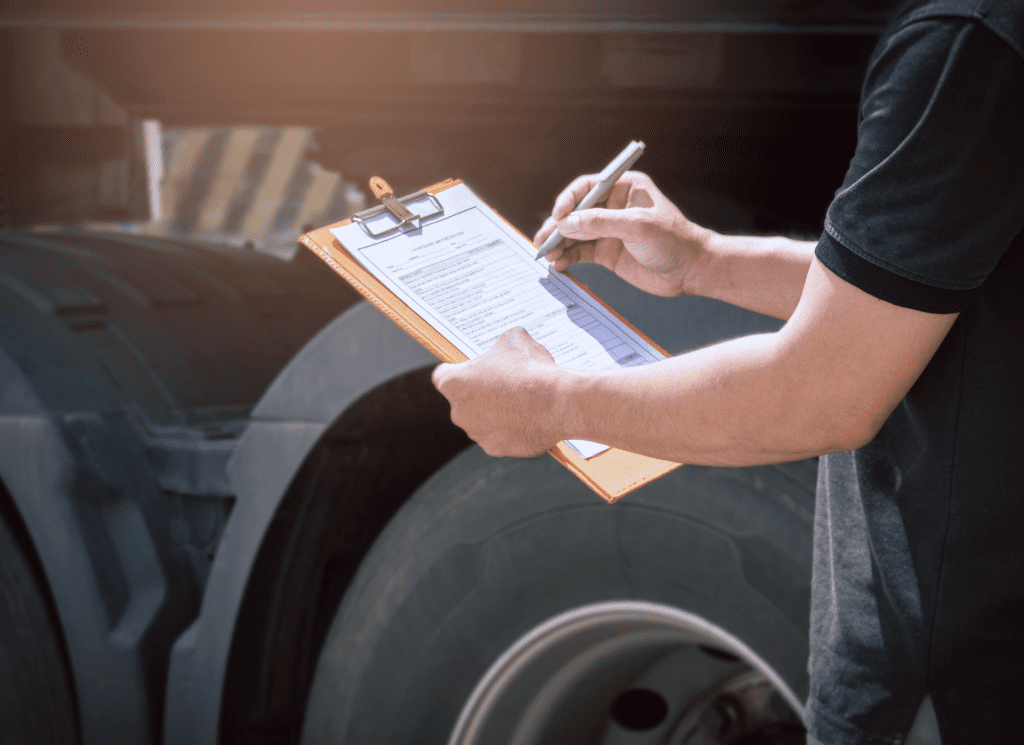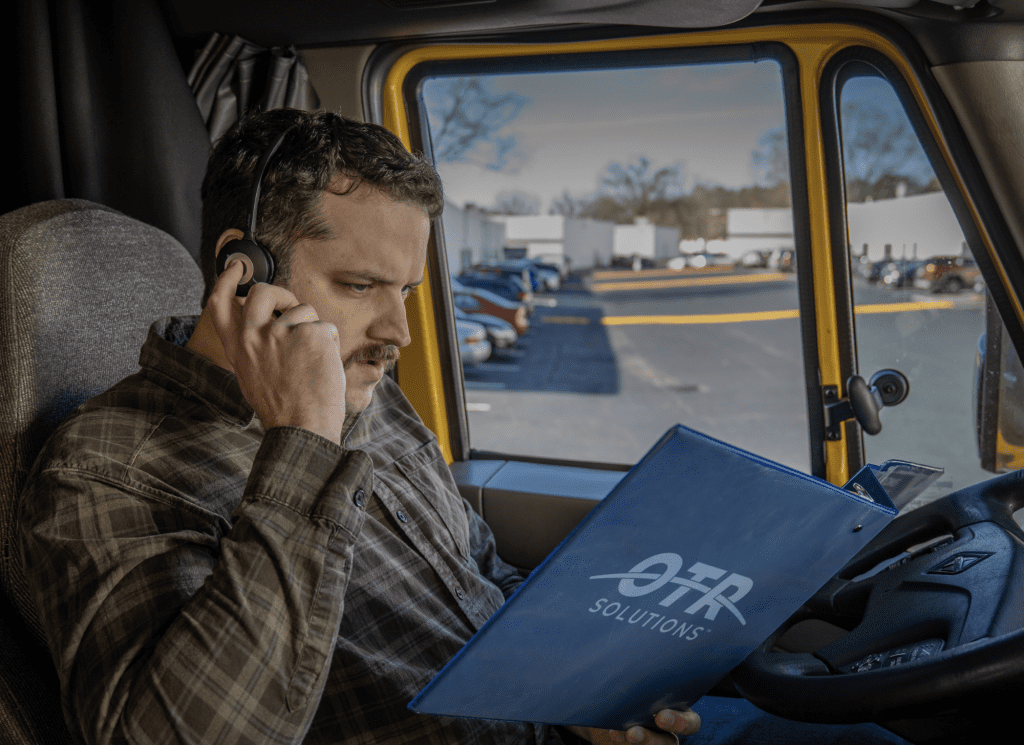How to Start a Trucking Business in 2024
To start a freight trucking business, you’ll need more than just a truck. OTR Solutions wants you to be successful, so we encourage you to follow these ten steps when starting your new trucking operation.
10 Steps to Put You on the Road to Success
Principle 1: Planning & Setting Up Your Business

Step 1: Write a Business Plan & Define What Success Looks Like.
This doesn’t have to be as complicated as it seems. The purpose is to get you thinking about what type of business you want to start and what you need to do in the short and long-term to establish your new business. Some items to include in your plan are: what type of cargo you will carry, where you will operate, estimated monthly revenue and expenses, and how you plan to purchase equipment.
- What are you going to name your business?
- What type of cargo do you ideally want to carry?
- Will you operate as a long-haul over the road carrier or a local expedited carrier?
- What type of truck do you plan on driving? It should align with your cargo type and operating plan.
- Do you want to start an S Corp or an LLC?
- What start-up capital do you need to lease or purchase your equipment?
- How much do you NEED to pay yourself to make sure your bills get paid?
- How will you handle administrative and tax matters?
The U.S. Small Business Administration (SBA) has an excellent guide on writing a business plan. The SBA also offers small business loans for people with good credit histories.

Step 2: Get Your Operating Authority (CDL, USDOT, Motor Carrier #).
If you plan to haul cargo in interstate commerce, you must be registered with the Federal Motor Carrier Safety Administration (FMSCA) to obtain a Motor Carrier (“authority to operate”) Number and a USDOT Number. Most states also require you to have a USDOT Number to operate a commercial vehicle within the state. Additionally, you will need a Commercial Driver’s License (CDL) if you plan on operating certain oversized vehicles.
Two OTR Solutions partners, Simplex Group and DOT Compliance Group, can help you navigate through complicated compliance matters. They will take care of the paperwork and file the application within the FMSCA on your behalf, helping you avoid costly penalties. Get set up legally in your state, navigate drug testing, plan for IFTA taxes, and more with our partners.

Step 3: Get Equipment.
If you plan to haul cargo in interstate commerce, you must be registered with the Federal Motor Carrier Safety Administration (FMSCA) to obtain a Motor Carrier (“authority to operate”) Number and a USDOT Number. Most states also require you to have a USDOT Number to operate a commercial vehicle within the state. Additionally, you will need a Commercial Driver’s License (CDL) if you plan on operating certain oversized vehicles.
Two OTR Solutions partners, TruckerFi and Freedom Leasing can help you get the equipment you need. TruckerFi offers financing for new and used equipment for independent owner-operators and small fleet owners. Freedom Leasing provides trailer rental and leasing services, so business owners can grow without large capital investments.

Step 4: Get Insurance.
Two OTR Solutions partners, Marquee Insurance Group (MIG) and Simplex Group, can help you find the best insurance policy to meet your needs. MIG has access to 50+ top-tier insurance companies to find you the best quote and personalized policy that meets the unique needs of your business. Simplex Group has been providing commercial trucking insurance and complete transportation services for more than 20 years.
Principle 2: Financial Planning

Step 5: Open A business Checking Account.
You cannot afford to overlook opening a dedicated business bank account. It’s crucial! Doing so can have a profound impact on your entrepreneurial journey by helping to distinguish personal and business funds. This helps tracking and reporting financial transactions, so come tax season, you are prepared and organized with separate accounts. Additionally, a business bank account will keep your business’ assets secure.
To make this transaction even smoother and tailor-made for your specific needs, we recommend OTR Clutch – a game-changing, FDIC-insured banking solution designed specifically for truckers. It’s not just another bank account; it’s a partner in your business journey. It’s free to open and comes with overdraft protection and has no minimum balance fees.

Step 6: Get A Factoring company.
OTR Solutions specializes in helping small carriers get started with honest, transparent, “no surprise” invoice factoring. Learn why our True Non- Recourse Factoring is ideal for a start-up business. Unlock premium factoring benefits with the OTR Clutch bank account, including priority invoicing and extended same-day payment cutoff times. Maximize your value by leveraging multiple products from a single, reliable source!

Step 7: Sign Up For a Fuel Card
The OTR Fuel Card gives average savings of $0.51 off per gallon at in-network locations with savings as high as $1.75 off per gallon. OTR has partnered with some of the biggest fuel vendors in the industry such as TA Petro, AMBEST, and Speedway to make sure card holders can go to brands they know and love all over the country.
Principle 3: Planning Your Operations

Step 8: Find Loads.
Two OTR Solutions partners, DAT Freight & Analytics and Sylectus, can help you find the right loads for your needs. DAT is the largest truckload freight marketplace in North America, while Sylectus specializes in expedited freight. With OTR’s blue checkmark integration into the DAT Load Board, you can easily determine which loads are factorable and what brokers are pre-approved by OTR to reduce fraud.

Step 9: Build Relationships.
When you spot companies and people who show they truly care about you and your business, foster strong relationships with them. Doing so can mean consistent, higher-paying needs, and a little routine amidst the constant changes as a result of working on the road.
Check out our powerhouse partnerships. Like OTR Solutions, these companies are keenly in helping you succeed in the trucking business.

Step 10: Continually Monitor Income & Expenses; Plan Your Trips to Maximize Earnings & Limit Deadhead.
Being in turn with expenses and income is paramount for truckers to be successful. While driving and keeping the truck loaded and on the road is a key ingredient to that – making sure you’re choosing the RIGHT load is key
Choosing the right load is also about making sure that you have a plan to get your truck back to home base with the least amount of deadhead miles possible. Make sure to plan ahead to get the right there AND the right load back.


